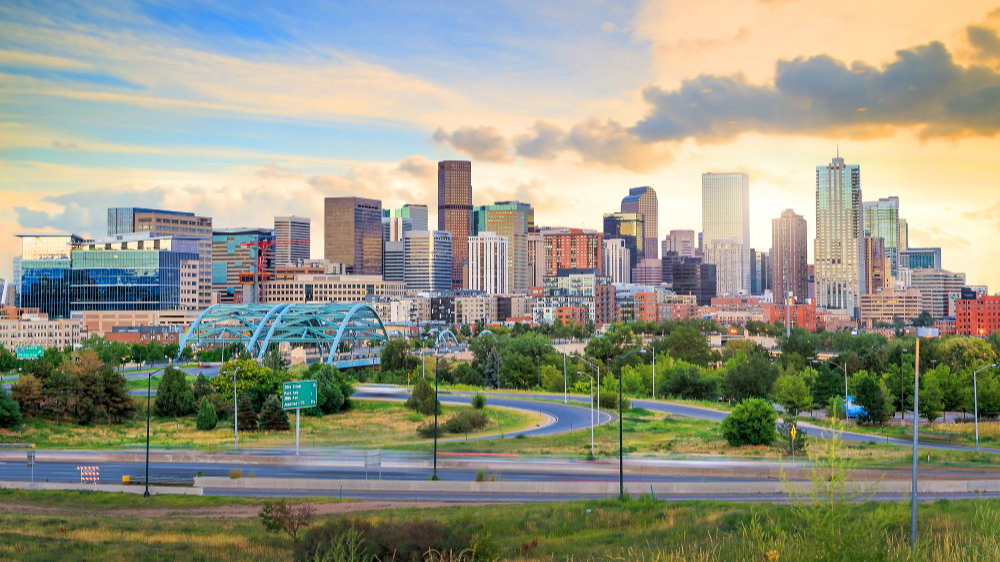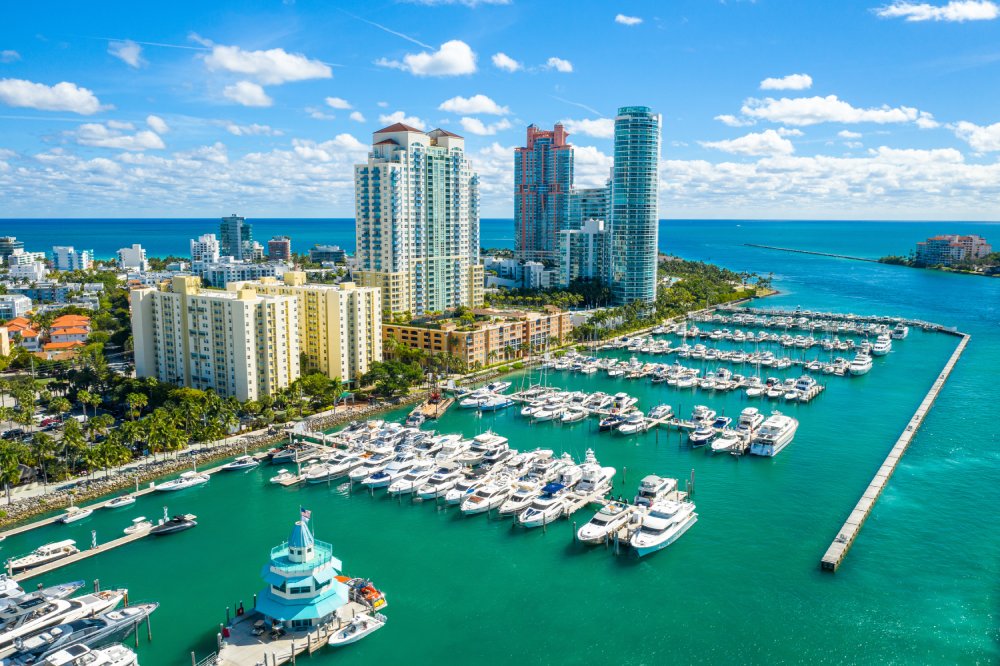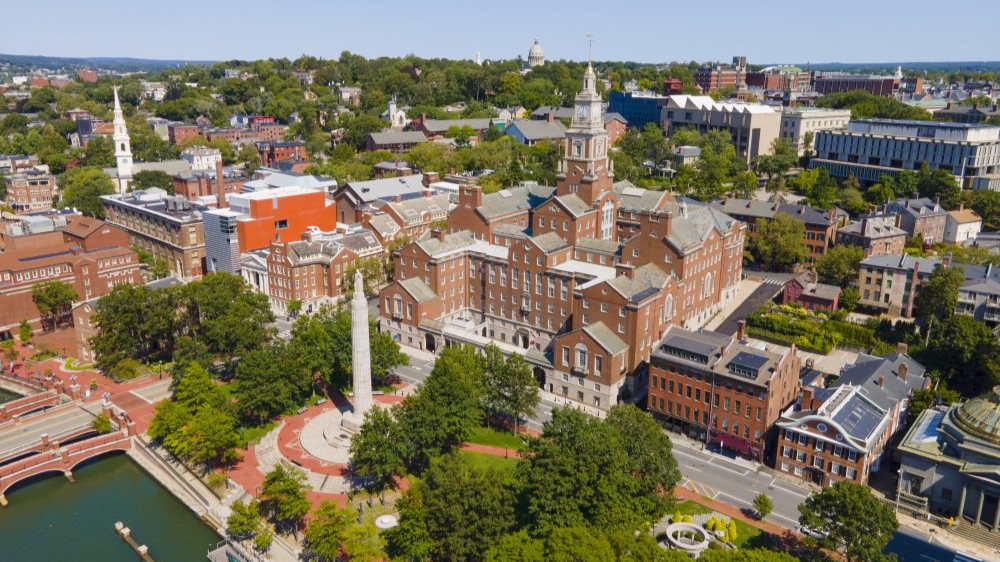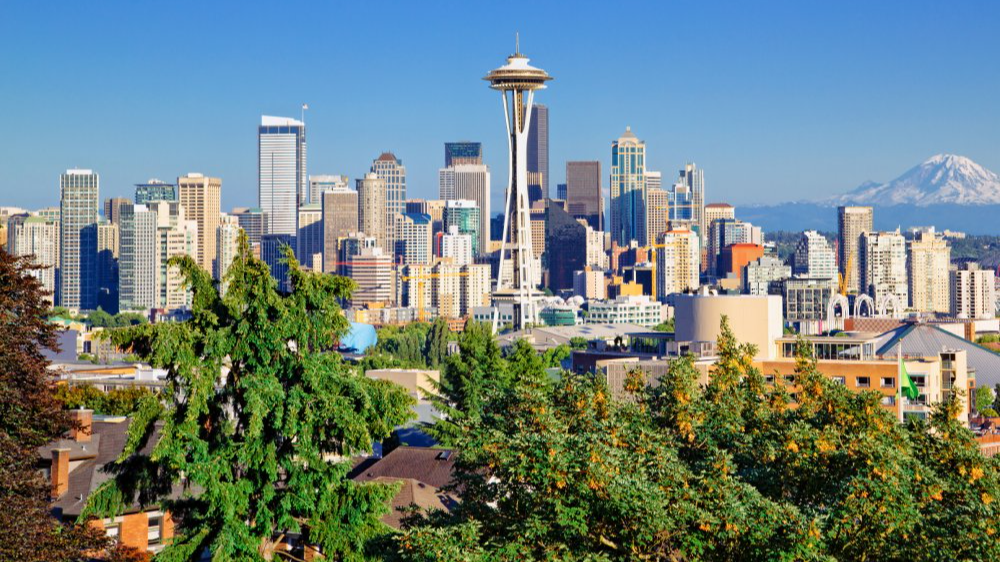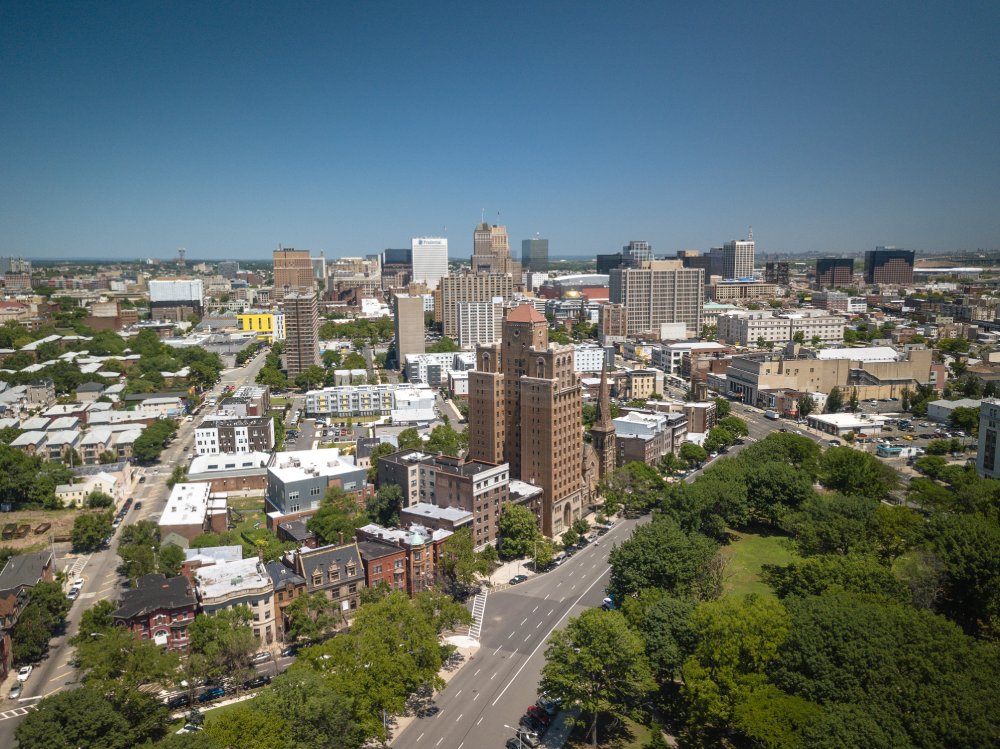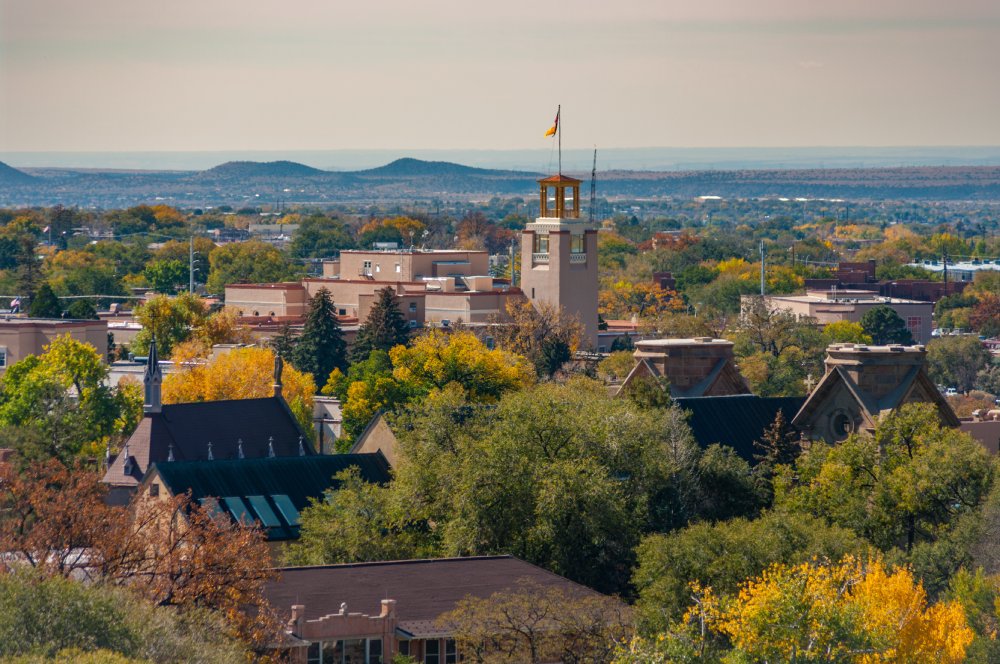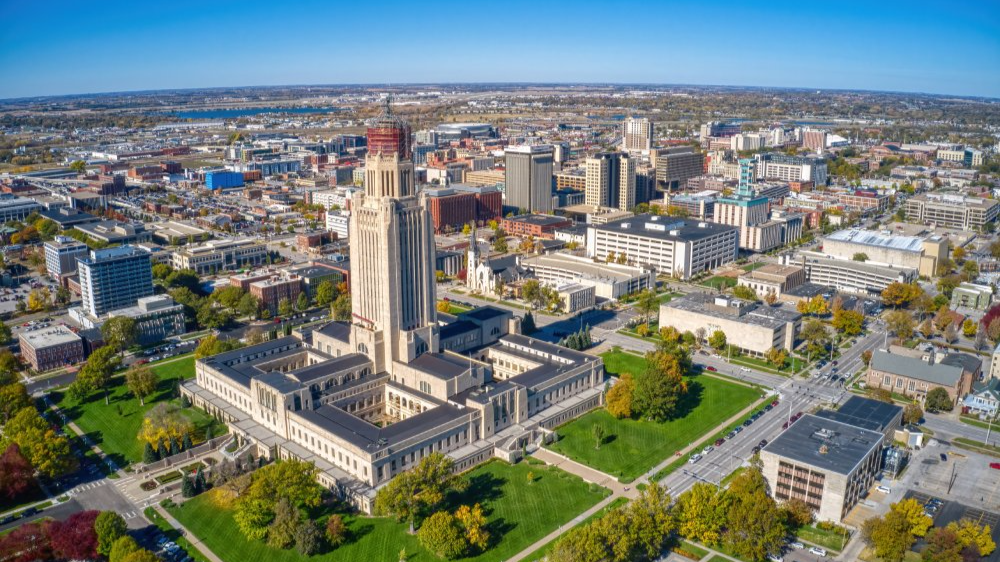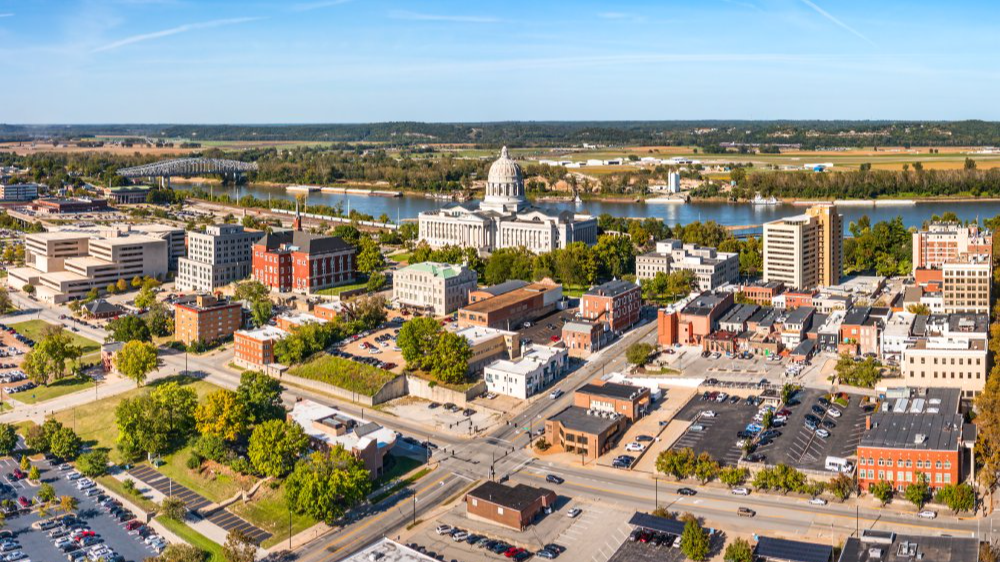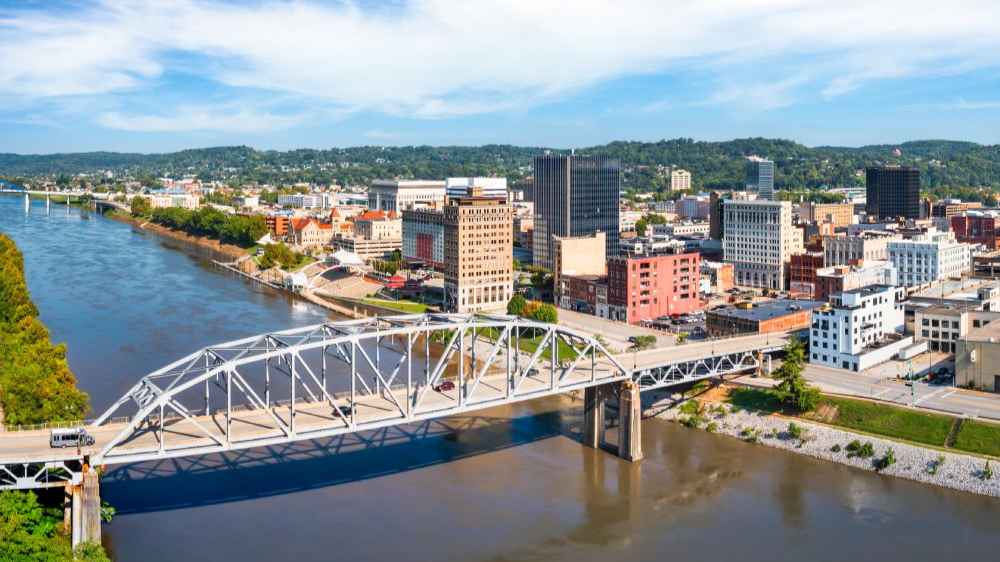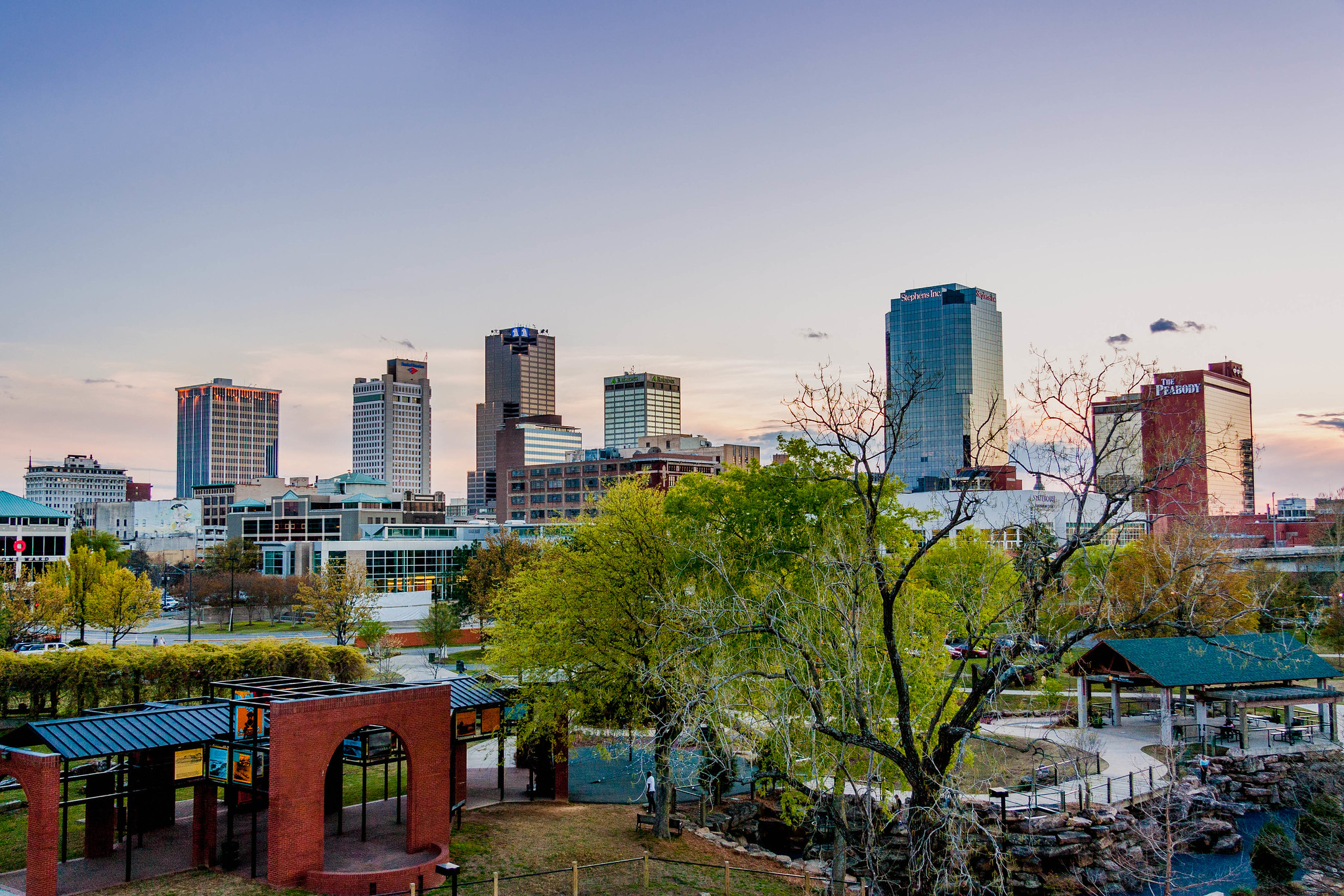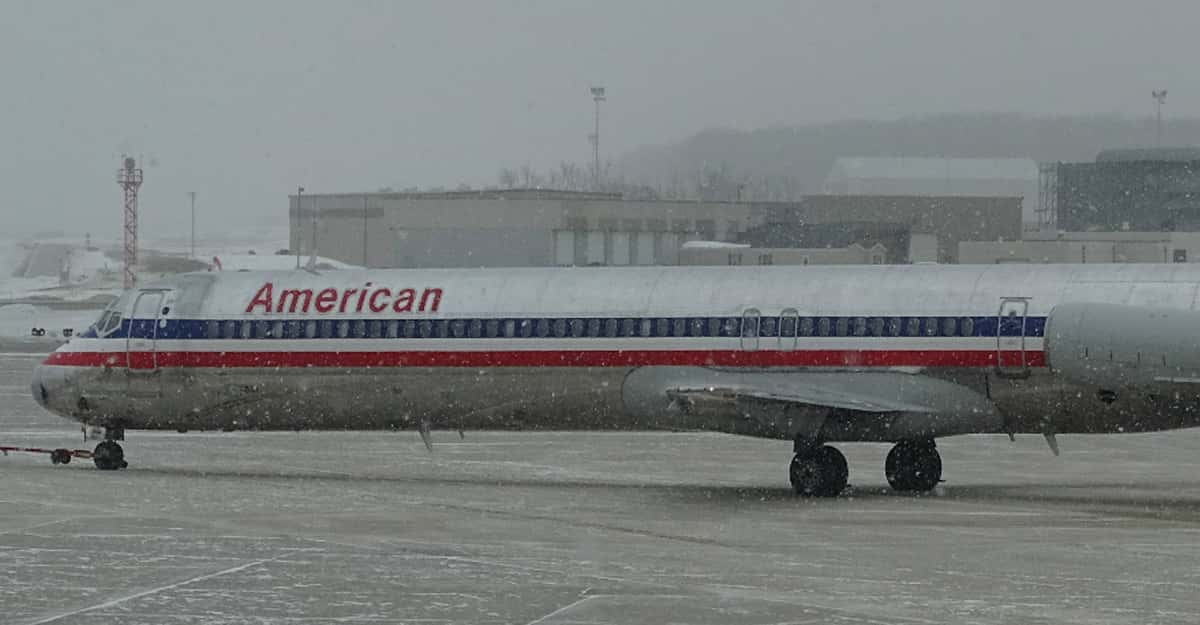What $1,000 Really Gets You Across America
What’s a grand worth these days? That depends on where you live. In some states, $1,000 can stretch to cover groceries, rent, and even a night out. In others, it vanishes after a few bills.
Using Bureau of Economic Analysis Regional Price Parities (RPPs)—which measure how expensive or cheap states are compared to the U.S. average—we’ve ranked the 15 states where your $1,000 stretches the farthest, and the 15 where it barely gets you much of anything.
Beginning with the latter...
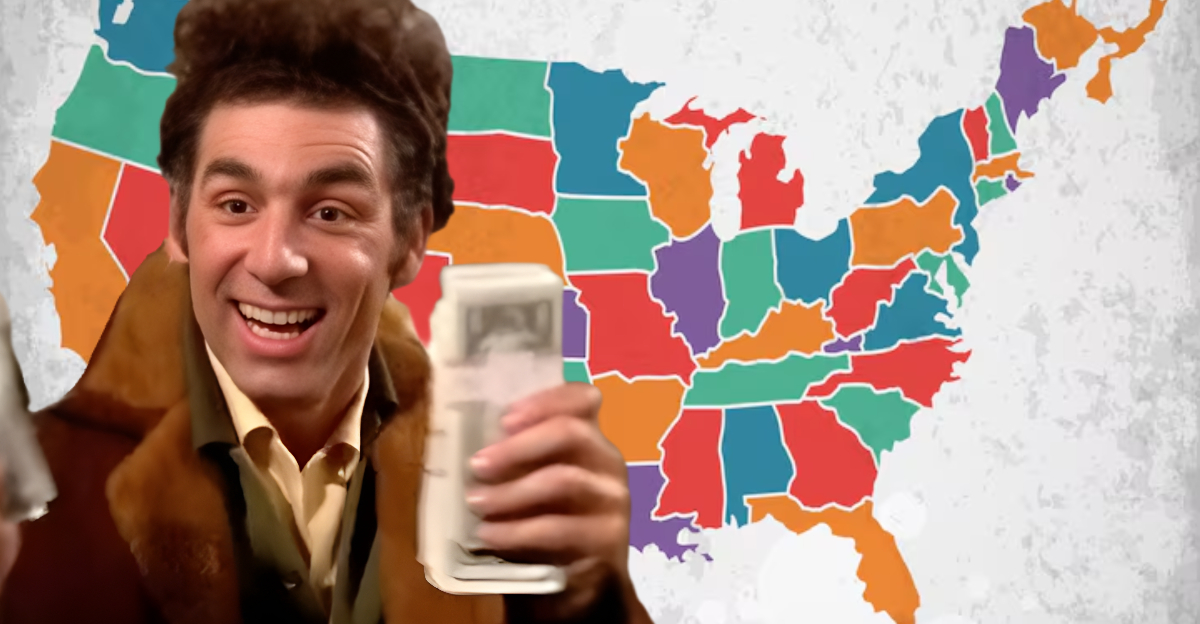
15: Utah
Regional Price Parity (RPP): 94.6
Effective value of $1,000: $1,057
Housing cost index: 105
Services cost index: 101
Utah isn’t as extreme as coastal states, but rapid growth has driven up housing costs in cities like Salt Lake City. A thousand dollars doesn’t stretch quite as far as it once did.
14: Colorado
Regional Price Parity (RPP): 102.3
Effective value of $1,000: $976
Housing cost index: 112
Groceries cost index: 106
Colorado’s mountain lifestyle comes with high demand and higher rents. Denver and Boulder push up the averages, leaving residents with less purchasing power than they’d expect.
13: Virginia
Regional Price Parity (RPP): 102.1
Effective value of $1,000: $979
Housing cost index: 109
Services cost index: 105
Northern Virginia’s proximity to Washington, D.C. drives up costs statewide. Even outside the Beltway, $1,000 buys less here than in much of the country.
 Bruce Emmerling, CC BY-SA 4.0, Wikimedia Commons
Bruce Emmerling, CC BY-SA 4.0, Wikimedia Commons
12: Florida
Regional Price Parity (RPP): 102.3
Effective value of $1,000: $976
Housing cost index: 112
Healthcare cost index: 108
Between skyrocketing rents in Miami and surging insurance premiums, Florida isn’t as affordable as it used to be. That thousand-dollar bill doesn’t cover nearly as much as it once did.
11: Delaware
Regional Price Parity (RPP): 98.0
Effective value of $1,000: $1,021
Housing cost index: 104
Utilities cost index: 102
Delaware’s small size doesn’t mean small prices. High housing and utility costs make $1,000 lose some of its shine here.
 Tim Kiser (User:Malepheasant), CC BY-SA 2.5, Wikimedia Commons
Tim Kiser (User:Malepheasant), CC BY-SA 2.5, Wikimedia Commons
10: Rhode Island
Regional Price Parity (RPP): 104.4
Effective value of $1,000: $958
Housing cost index: 115
Services cost index: 108
Limited land and strong demand make Rhode Island expensive. In Providence and coastal towns alike, $1,000 disappears faster than most people expect.
9: Maryland
Regional Price Parity (RPP): 104.9
Effective value of $1,000: $954
Housing cost index: 118
Services cost index: 110
Maryland’s closeness to Washington, D.C. inflates costs, especially housing. That thousand dollars just doesn’t stretch far enough when rent and services eat into it.
8: Connecticut
Regional Price Parity (RPP): 106.2
Effective value of $1,000: $942
Housing cost index: 120
Services cost index: 112
Connecticut blends suburban housing prices with high service costs, leaving little room for savings. Here, $1,000 feels more like $940.
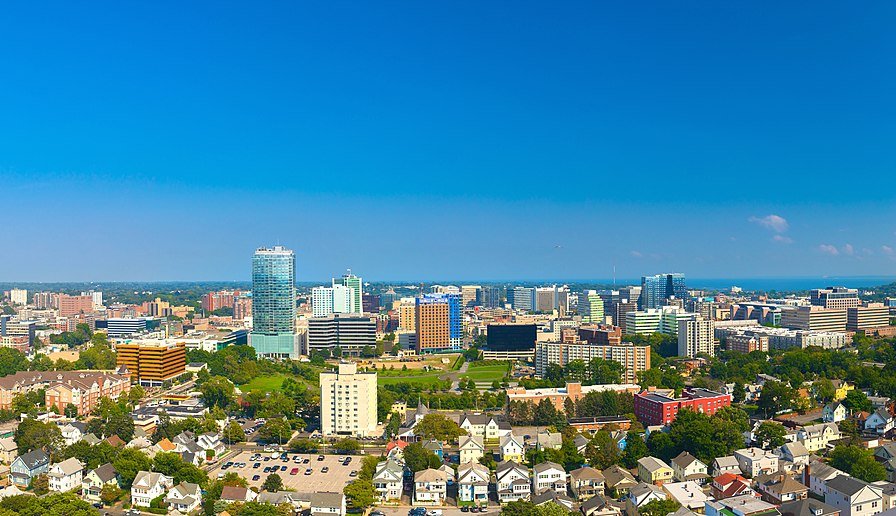 John9474, CC BY-SA 4.0, Wikimedia Commons
John9474, CC BY-SA 4.0, Wikimedia Commons
7: Oregon
Regional Price Parity (RPP): 106.6
Effective value of $1,000: $937
Housing cost index: 118
Groceries cost index: 109
Oregon’s popularity has driven prices up, particularly around Portland. Housing costs keep $1,000 from stretching the way it once did.
6: Washington
Regional Price Parity (RPP): 110.0
Effective value of $1,000: $909
Housing cost index: 125
Services cost index: 113
Seattle’s booming economy has come at a cost: rising housing and service prices. That thousand-dollar bill doesn’t go very far in the Evergreen State.
5: New York
Regional Price Parity (RPP): 107.6
Effective value of $1,000: $930
Housing cost index: 128
Utilities cost index: 112
From Manhattan rents to upstate utility bills, costs are high across the board in New York. $1,000 shrinks fast in the Empire State.
4: Massachusetts
Regional Price Parity (RPP): 109.4
Effective value of $1,000: $915
Housing cost index: 130
Services cost index: 114
Boston’s housing crunch and elevated services make Massachusetts one of the toughest states for stretching cash. That thousand feels like a lot less.
3: Hawaii
Regional Price Parity (RPP): 108.6
Effective value of $1,000: $921
Housing cost index: 154
Utilities cost index: 145
Island life comes at a premium. Imported goods, high energy bills, and scarce housing make $1,000 worth far less here than anywhere on the mainland.
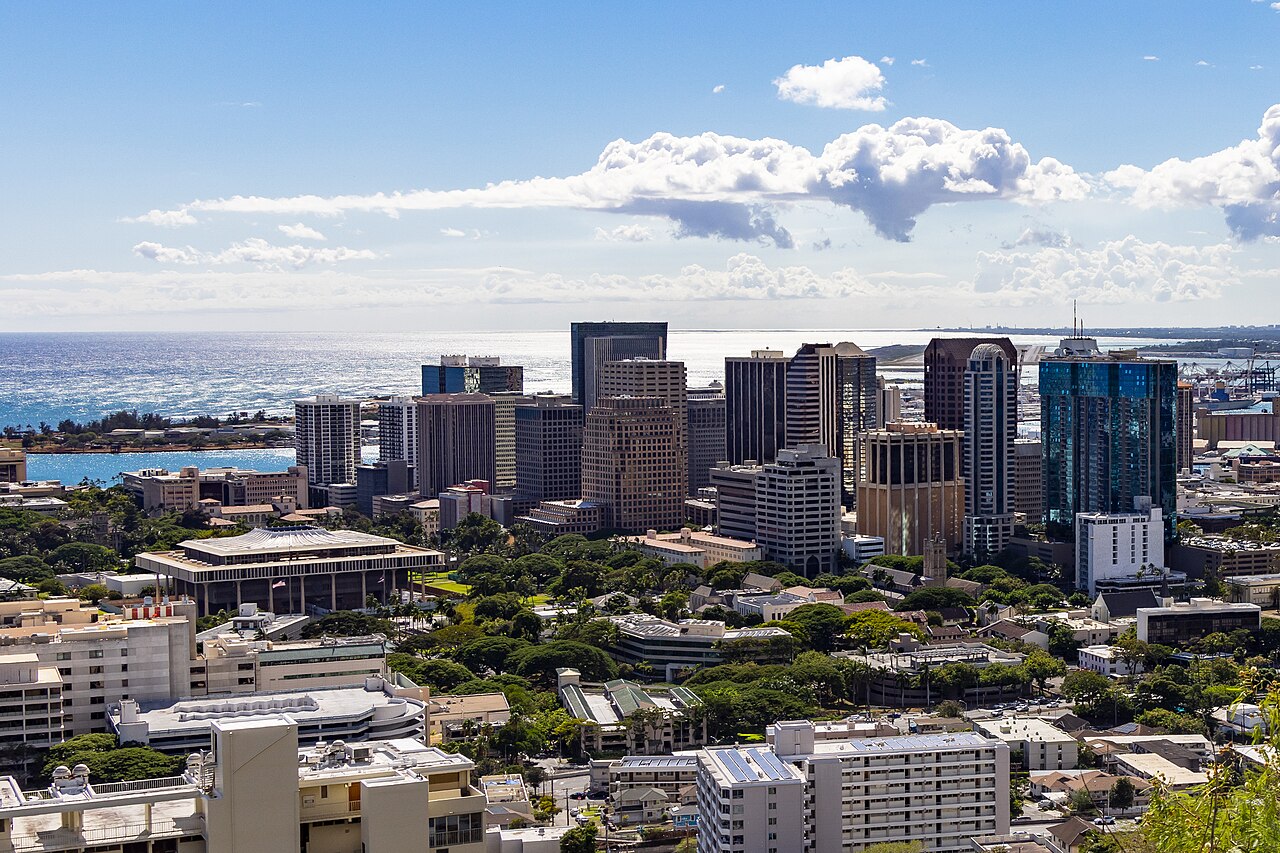 ArdentArbitration, Wikimedia Commons
ArdentArbitration, Wikimedia Commons
2: New Jersey
Regional Price Parity (RPP): 108.9
Effective value of $1,000: $918
Housing cost index: 135
Services cost index: 112
High property taxes, expensive housing, and costly services put New Jersey near the bottom. That thousand-dollar bill evaporates fast.
1: California
Regional Price Parity (RPP): 112.6
Effective value of $1,000: $888
Housing cost index: 136
Utilities & services: 112
California is officially the hardest place to stretch a dollar. Between sky-high housing and inflated everyday costs, $1,000 disappears quicker here than anywhere else in America.
 Sharon Hahn Darlin, CC BY 2.0, Wikimedia Commons
Sharon Hahn Darlin, CC BY 2.0, Wikimedia Commons
Now for the Good News
That’s the bad news—places where $1,000 doesn’t get you much. But the story flips in other corners of the country. In some states, your money stretches further than you’d think. So let’s end this on a happy note and count down the 15 states where $1,000 still goes the farthest.
 Photo By: Kaboompics.com, Pexels
Photo By: Kaboompics.com, Pexels
15: New Mexico
Regional Price Parity (RPP): 90.9
Effective value of $1,000: $1,099
Housing cost index: 82
Groceries cost index: 92
New Mexico offers affordable housing and utilities, especially outside of Santa Fe. Here, $1,000 buys the equivalent of about $1,100 in national-average terms, making life a little easier on the wallet.
14: Kansas
Regional Price Parity (RPP): 89.7
Effective value of $1,000: $1,114
Housing cost index: 80
Services cost index: 90
Kansas combines wide-open space with low demand, keeping prices reasonable. A thousand dollars stretches further here, covering more housing, food, and everyday expenses than in most of the U.S.
 Stephen Edmonds, Wikimedia Commons
Stephen Edmonds, Wikimedia Commons
13: Montana
Regional Price Parity (RPP): 90.2
Effective value of $1,000: $1,109
Housing cost index: 85
Services cost index: 91
Outside of booming towns like Bozeman, Montana remains a relatively low-cost state. Residents enjoy cheaper housing and services, making $1,000 feel closer to $1,110 in buying power.
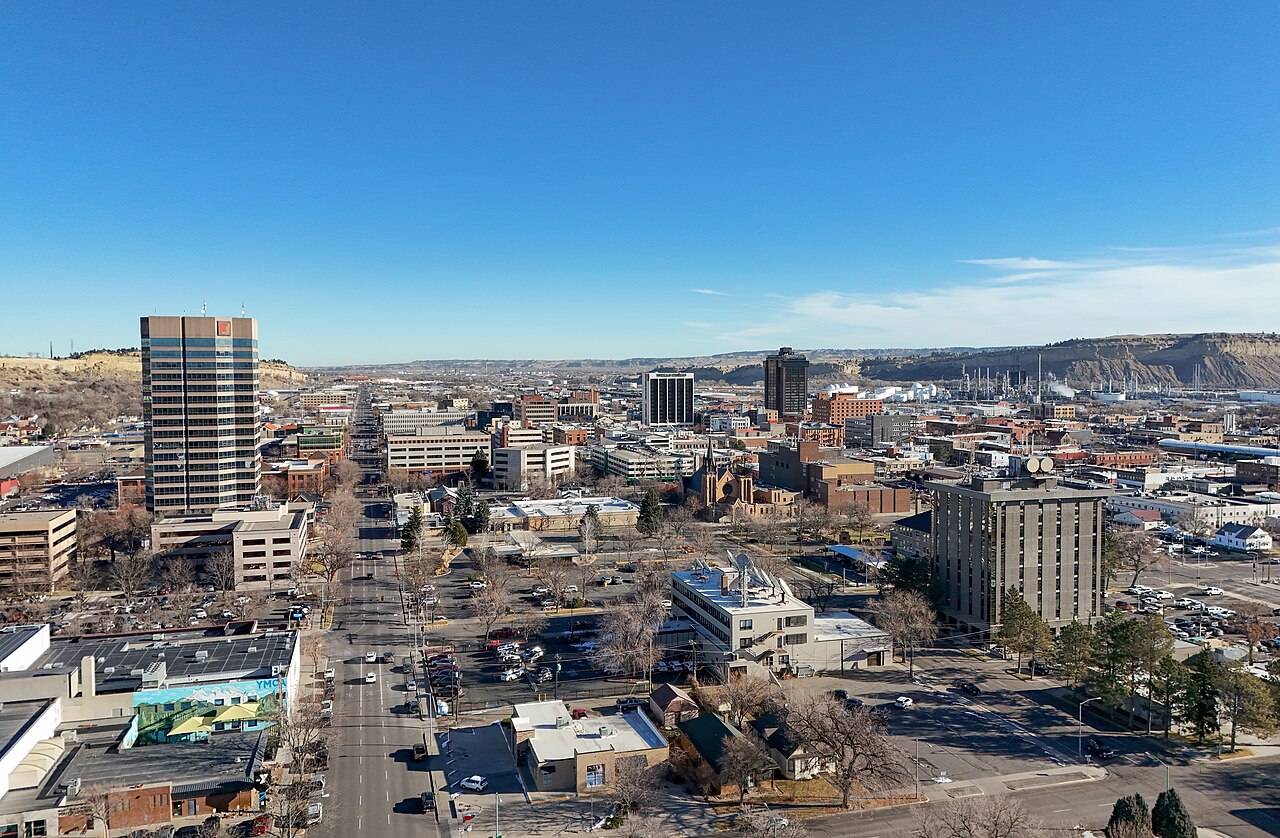 Quintin Soloviev, CC BY 4.0, Wikimedia Commons
Quintin Soloviev, CC BY 4.0, Wikimedia Commons
12: Nebraska
Regional Price Parity (RPP): 89.9
Effective value of $1,000: $1,112
Housing cost index: 82
Utilities cost index: 87
With steady housing prices and affordable utilities, Nebraska gives households more breathing room. That thousand-dollar bill stretches to over $1,110 worth of goods and services.
11: Ohio
Regional Price Parity (RPP): 91.5
Effective value of $1,000: $1,092
Housing cost index: 84
Groceries cost index: 93
Ohio’s major cities remain affordable compared to coastal metros. Housing, groceries, and healthcare all run cheaper, giving $1,000 more staying power.
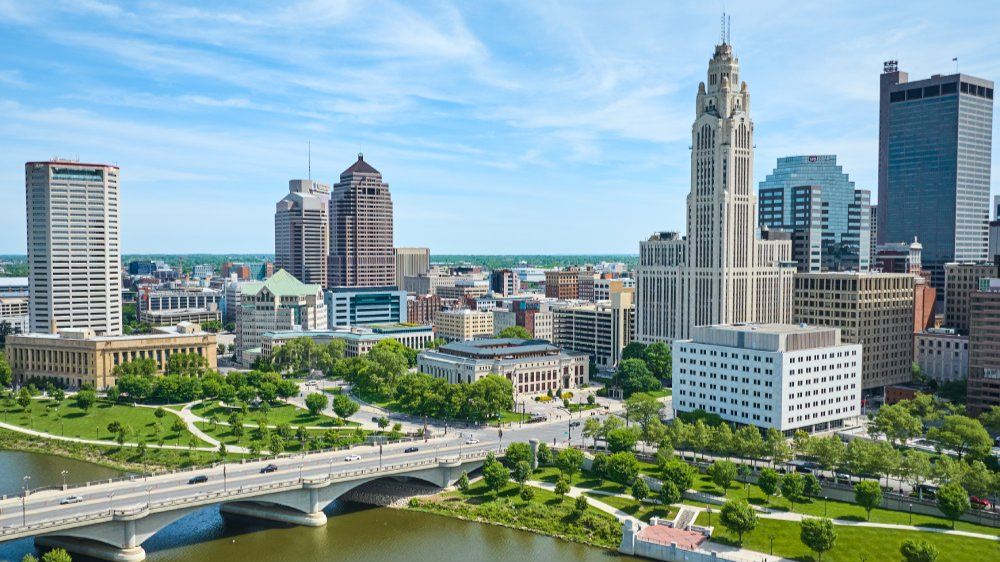 Nicholas J. Klein, Adobe Stock
Nicholas J. Klein, Adobe Stock
10: Missouri
Regional Price Parity (RPP): 91.0
Effective value of $1,000: $1,099
Housing cost index: 82
Services cost index: 90
Missouri keeps daily life affordable across both urban and rural areas. A thousand dollars goes further here than in many states, stretching close to $1,100 in real value.
9: Indiana
Regional Price Parity (RPP): 91.9
Effective value of $1,000: $1,087
Housing cost index: 84
Services cost index: 92
Indiana’s combination of low-cost housing and modest service prices ensures $1,000 buys more than average. That makes it a reliable spot for stretching a paycheck.
8: Kentucky
Regional Price Parity (RPP): 89.4
Effective value of $1,000: $1,119
Housing cost index: 80
Groceries cost index: 91
In Kentucky, rent and groceries remain below national averages. That thousand-dollar bill feels heavier here, with nearly $1,120 in effective buying power.
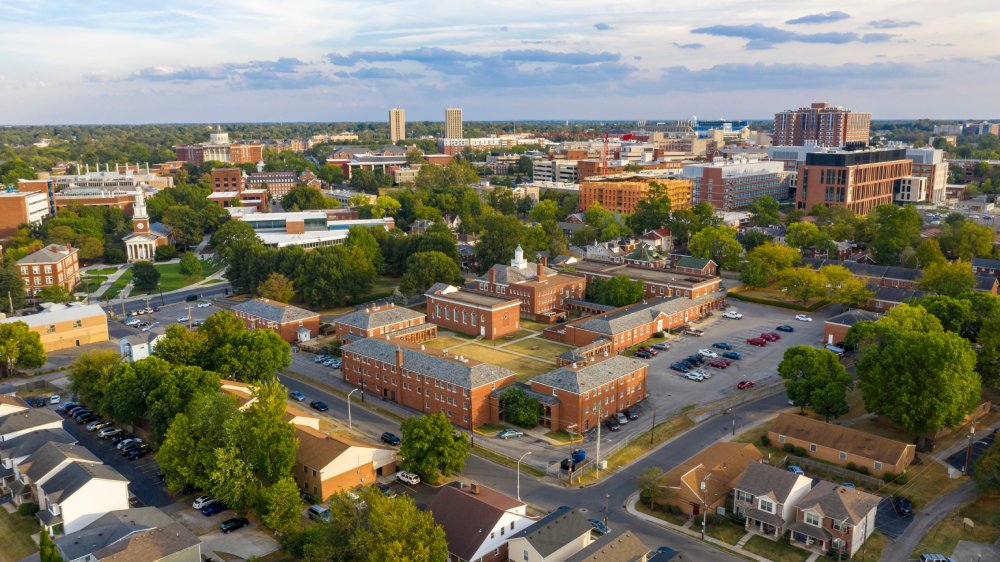 Christopher Boswell, Adobe Stock
Christopher Boswell, Adobe Stock
7: Louisiana
Regional Price Parity (RPP): 90.5
Effective value of $1,000: $1,105
Housing cost index: 83
Services cost index: 92
Louisiana balances affordable housing with lower service costs. While utilities can be higher in some regions, $1,000 still stretches well compared to most states.
6: Iowa
Regional Price Parity (RPP): 88.4
Effective value of $1,000: $1,131
Housing cost index: 78
Groceries cost index: 90
Iowa keeps costs down across the board. With inexpensive housing and food, $1,000 buys over $1,130 worth of value, making the Hawkeye State a budget-friendly option.
 Grindstone Media Grp, Adobe Stock
Grindstone Media Grp, Adobe Stock
5: West Virginia
Regional Price Parity (RPP): 89.2
Effective value of $1,000: $1,122
Housing cost index: 79
Healthcare cost index: 90
West Virginia’s low cost of living makes it a standout. Rent, food, and medical care all run below national averages, so $1,000 stretches to more than $1,120 in value.
4: Oklahoma
Regional Price Parity (RPP): 88.8
Effective value of $1,000: $1,126
Housing cost index: 77
Services cost index: 89
With some of the lowest housing costs in the country, Oklahoma lets $1,000 go a long way. Affordable services keep that dollar stretching even further.
3: South Dakota
Regional Price Parity (RPP): 88.1
Effective value of $1,000: $1,136
Housing cost index: 78
Utilities cost index: 86
South Dakota’s modest costs for housing and utilities make money last longer. That thousand-dollar bill buys nearly $1,140 worth of goods and services.
2: Mississippi
Regional Price Parity (RPP): 87.3
Effective value of $1,000: $1,145
Housing cost index: 74
Groceries cost index: 89
Mississippi may have lower incomes overall, but prices are cheap across the board. $1,000 buys as much here as $1,145 in an average state.
1: Arkansas
Regional Price Parity (RPP): 86.5
Effective value of $1,000: $1,156
Housing cost index: 68
Services cost index: 87
Arkansas is the most affordable state in America. Housing, groceries, and services all run well below average, giving $1,000 the purchasing power of nearly $1,160 compared to the U.S. average.
You Might Also Like:
It's Possible To Retire In A Place With Perfect Weather For Under $2,000 A Month In Expenses
Expert Advice On How To Start Fresh Financially, No Matter How Old You Are
How To Pick Stocks, According To Warren Buffett
Sources: 1



